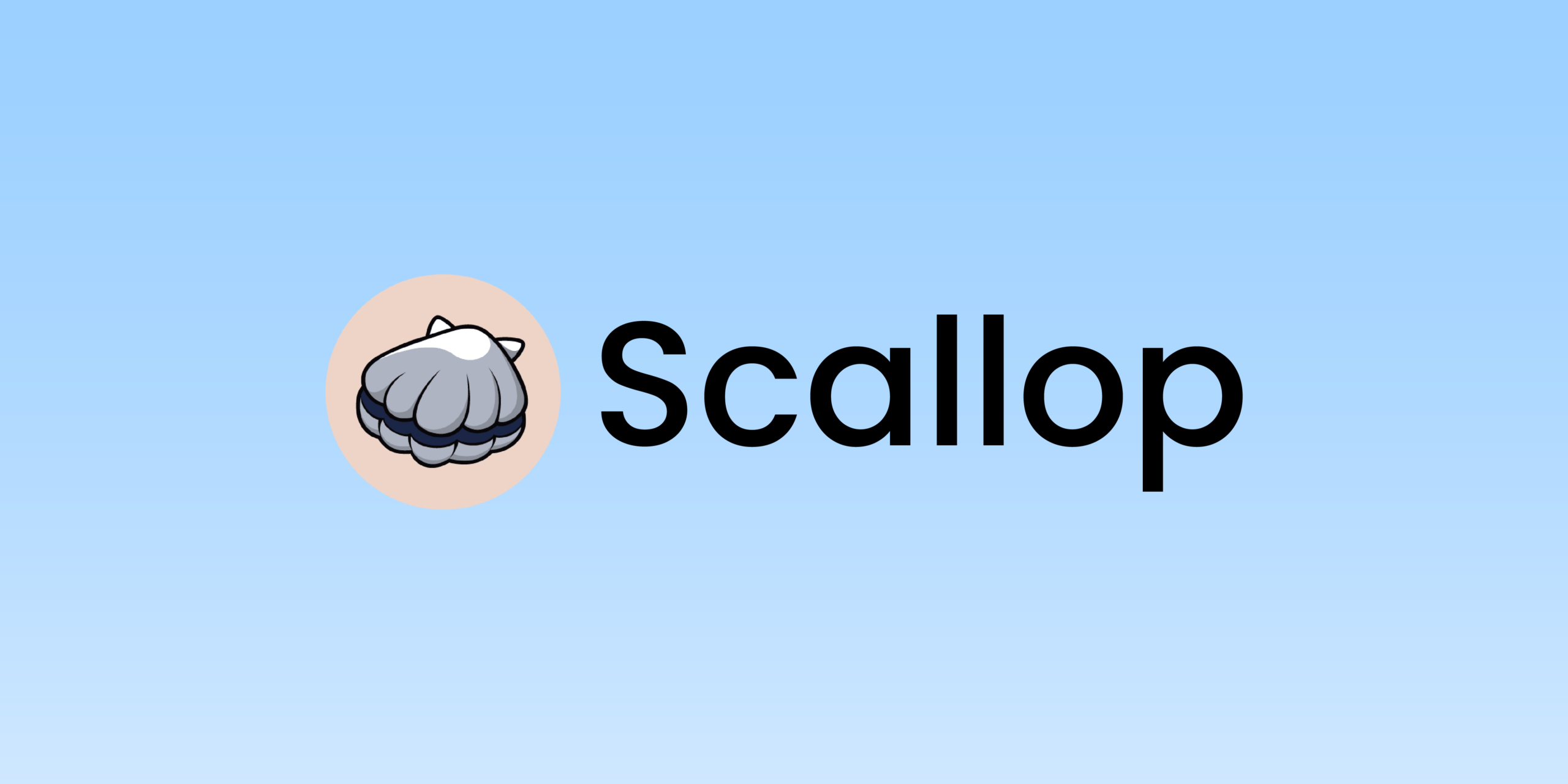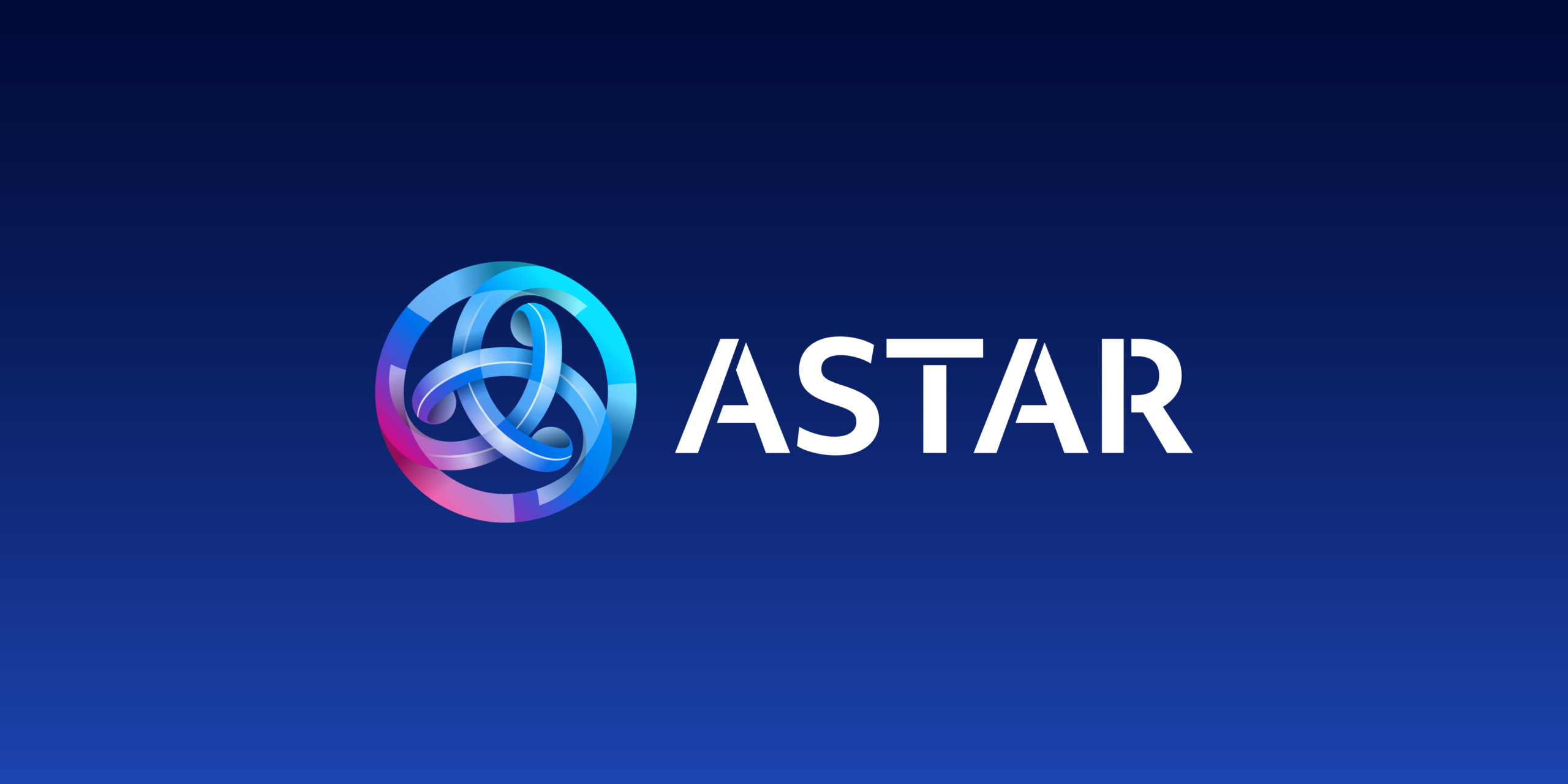Introduction
Scallop stands out as a next-generation money market platform aiming to revolutionize the DeFi space with its promise of institutional-grade quality, robust security, and enhanced composability. By offering an array of services like lending, borrowing, trading, and more, Scallop aspires to provide an all-encompassing platform to simplify users’ DeFi experiences.
Innovation
One of the groundbreaking features of Scallop is the introduction of Scallop Pools on Solana. Termed as the first verifiable random interest rate machine on Solana, it allows users to deposit tokens and engage in a no-loss lottery. The mechanism involves staking, lending, and liquidity mining protocols that generate rewards and interest for the participants, and the winners are selected based on the Switchboard Verified Random Functions (VRF).
Scallop Architecture
Built on Rust Language, Scallop employs a dynamic money market model, drawing inspiration from established platforms like Compound V3, Euler, and Solend V2, hence includes:
- Trilinear Interest Rate Model: Adjusts interest rates based on borrowing demand and supply.
- Dynamic Parameters: Offers flexibility in terms of system metrics.
- Protected Collateral Vault: Safeguards users’ collaterals.
- Soft Liquidation: A unique feature to protect both lenders and borrowers from drastic losses.
- Moreover, Scallop uses a multi-oracle consensus algorithm, combining Pyth, Switchboard, and
- Supra Oracles, ensuring reliable price feeds essential for liquidation and account health evaluation.
Code Quality
Upon inspection, the code base of Scallop stands out in terms of its structure and clarity. Given the vast array of features and components that Scallop boasts, maintaining code quality becomes paramount. The Scallop team has taken diligent measures to ensure that the code adheres to best practices, providing a solid foundation for its platform.
Product Roadmap
With its mainnet already live, Scallop is on the path to launching its token. The presence of developer tools like Scallop Tools, Scallop SDK, and Sui Kit signals the platform’s dedication to facilitating seamless integration for developers, further nurturing the ecosystem.
Usability
The unified platform approach that Scallop adopts can significantly reduce the complexity for users. By having services such as lending, borrowing, trading, and more under one umbrella, users can bypass the challenges of dealing with multiple interfaces, enhancing the overall user experience.
Team
The team behind Scallop, referred to as the “New Age team,” possesses a strong background in security, which aligns with the platform’s emphasis on robust security mechanisms. Their funding activities, with a raise of $600k at a $20M valuation, combined with their burn rate, further emphasize their commitment and vision for the project.
Conclusion
Scallop emerges as a promising player in the DeFi arena. Its innovative approach, combined with a robust architectural foundation and a focus on usability, places it in a solid position to potentially lead the lending-borrowing space in the Sui ecosystem. While the platform has much going in its favor, as with any investment, potential stakeholders should do their due diligence and assess its long-term viability and tokenomics.
| Initial Screening | |||
| Keep researching | |||
| Does this project need to use blockchain technology? | Yes | ||
| Can this project be realized? | Yes | ||
| Is there a viable use case for this project? | Yes | ||
| Is the project protected from commonly known attacks? | Yes | ||
| Are there no careless errors in the whitepaper? | Yes | ||
| Project Technology Score | |||
| Description | Scorecard | ||
| Innovation (Out Of 11) | 7 | ||
| How have similar projects performed? | Good | 2 | |
| Are there too many innovations? | Regular | 2 | |
| Percentage of crypto users that will use the project? | 1% – 5% | 1 | |
| Is the project unique? | Yes | 2 | |
| Architecture (Out of 12) | 9 | ||
| Overall feeling after reading whitepaper? | Good | 2 | |
| Resistance to possible attacks? | Good | 2 | |
| Complexity of the architecture? | Not too complex | 2 | |
| Time taken to understand the architecture? | 20 – 50 min | 1 | |
| Overall feeling about the architecture after deeper research? | Medium | 2 | |
| Has the project been hacked ? | No | 0 | |
| Code Quality (out of 15) | 15 | ||
| Is the project open source? | Yes | 2 | |
| Does the project use good code like C,C++, Rust, Erlang, Ruby, etc? | Yes | 2 | |
| Could the project use better programming languages? | No | 0 | |
| Github number of lines? | More than 10K | 1 | |
| Github commits per month? | More than 10 | 2 | |
| What is the quality of the code? | Good | 2 | |
| How well is the code commented? | Outstanding | 2 | |
| Overall quality of the test coverage? | Outstanding | 2 | |
| Overall quality of the maintainability index? | Outstanding | 2 | |
| When Mainnet (out of 5) | 5 | ||
| When does the mainnet come out? | Mainnet Ready | 5 | |
| Usability for Infrastructure Projects (out of 5) | 5 | ||
| Is it easy to use for the end customer? | Yes | 5 | |
| Team (out of 7) | 6 | ||
| Number of active developers? | 5+ | 2 | |
| Developers average Git Background? | Intermediate | 1 | |
| Developers coding style? | Outstanding | 3 | |
| Total Score (out of 55) | 47 | ||
| Percentage Score | |||
| Innovation | 12.73% | ||
| Architecture | 16.36% | ||
| Code Quality | 27.27% | ||
| Mainnet | 9.09% | ||
| Usability | 9.09% | ||
| Team | 10.91% | ||
| Total | 85.45% |





